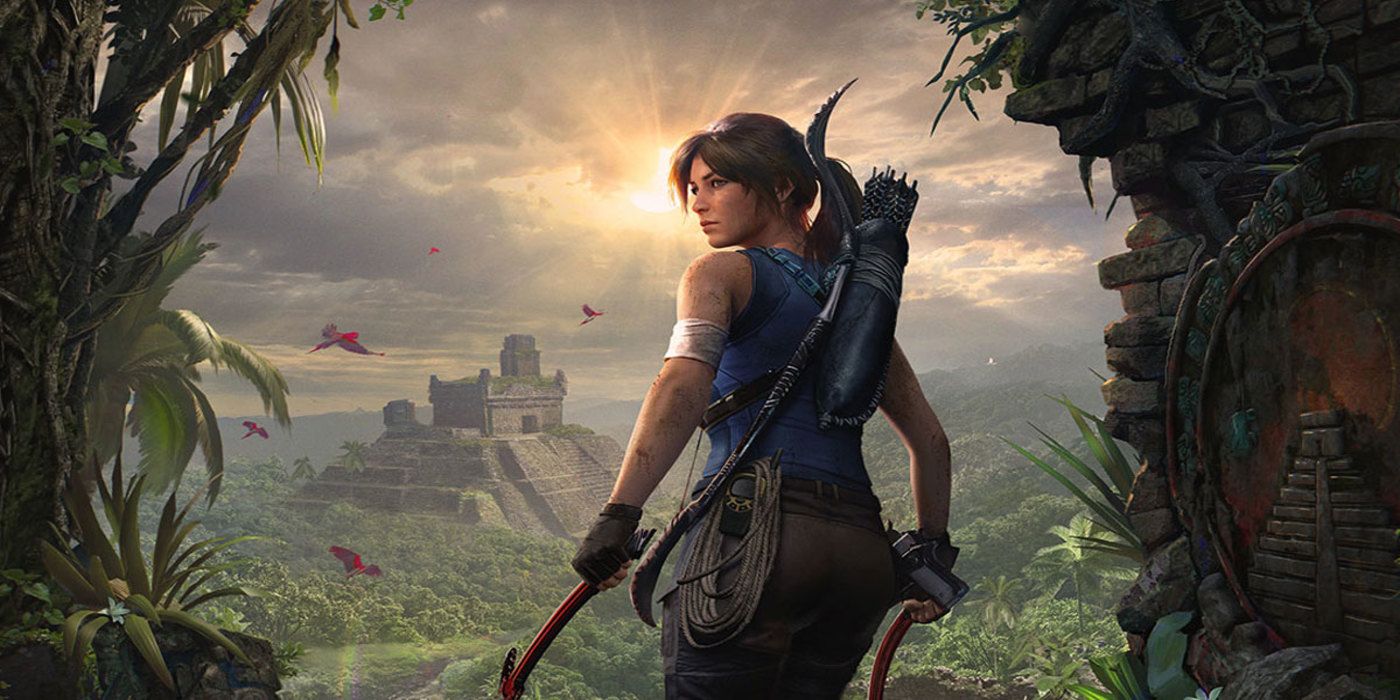

In an unpublished study whose data was reportedly shared with gaming site Penny Arcade in 2012, the video game research company EEDAR found that just 3.6 percent of nearly 700 games it surveyed had playable characters that were exclusively women - that is, female characters who couldn’t be swapped out with a male avatar. Lara Croft was a huge exception to a rule that still sadly holds true for much of the gaming industry today: building a franchise around a female lead is seen as a risk. Pac-Man and a twist ending of Nintendo’s 1986 game Metroid that revealed the lead character to have been a woman all along, major game franchises basically didn’t have playable female characters as their leads at that point in the medium’s history. If she’d been less sexy, she arguably couldn’t have gotten away with being the lead of a video game franchise - and that was huge. Ironically, Lara’s sex appeal is also what made her one of gaming’s most groundbreaking characters. “The battle between these parts of Lara defines the debate around her character,” Sarkar said. And the apparent contradiction between Croft’s sexual appeal and her sophisticated persona would spawn two decades of cultural ambivalence about what kind of character she was. At the same time, she had a take-no-guff attitude and dry British wit that people latched onto, and her video game exploits were, of course, badass.” The evolution of Lara Croft over the years Modified from Redditīy 2000, the media was crediting Lara with originating the concept of the “ cyberbabe.” The idea of the hyper-unrealistic female game character who served as a repository for male fantasies would go on to become a much-parodied and much-debated part of gaming culture. “Her character model was relatively primitive, since 3D graphics were in their infancy at the time, but it was plainly obvious that she was designed as an adolescent male fantasy: chest twice as wide as her waist, teal tank top, khaki booty shorts. “Launching a franchise with a female archaeologist was seen as a novel concept,” Samit Sarkar, an editor at Vox’s sister site Polygon, told me. A flurry of user-made game patches with titles like “Nude Raider,” made solely for the purpose of removing her clothes to reveal her pixellated body, didn’t help that impression. With her “ polygonal breasts” and breathy voice, it was hard for some critics to see her as representing more than a digitized sexual fantasy. When Tomb Raider first appeared on the scene, swiftly followed by Tomb Raider II a year later, Lara Croft was critiqued as belonging to a long cultural tradition of science-fiction fembots. Lara Croft was the original “ cyberbabe” - but from the beginning, she was also a whole lot more But it’s virtually impossible to find an abiding cultural conversation about Lara that doesn’t ultimately return to debate over whether she’s an empowering character.Īnd it’s impossible to consider her as a character without also considering the role she holds within gaming as essentially the first, and still one of the only, female characters to helm an action gaming franchise. Over the years, she’s also served as an example of gaming evolution, particularly in terms of graphic design.

Lara Croft has always been a cultural flashpoint, always in direct relation to her gender. Since Lara Croft blew up gaming culture in 1996 with the first installment of Tomb Raider, her character has been so predominantly defined by her sex appeal that two decades on, we’re still trying to extricate conversations about her from conversations about her breasts.


 0 kommentar(er)
0 kommentar(er)
